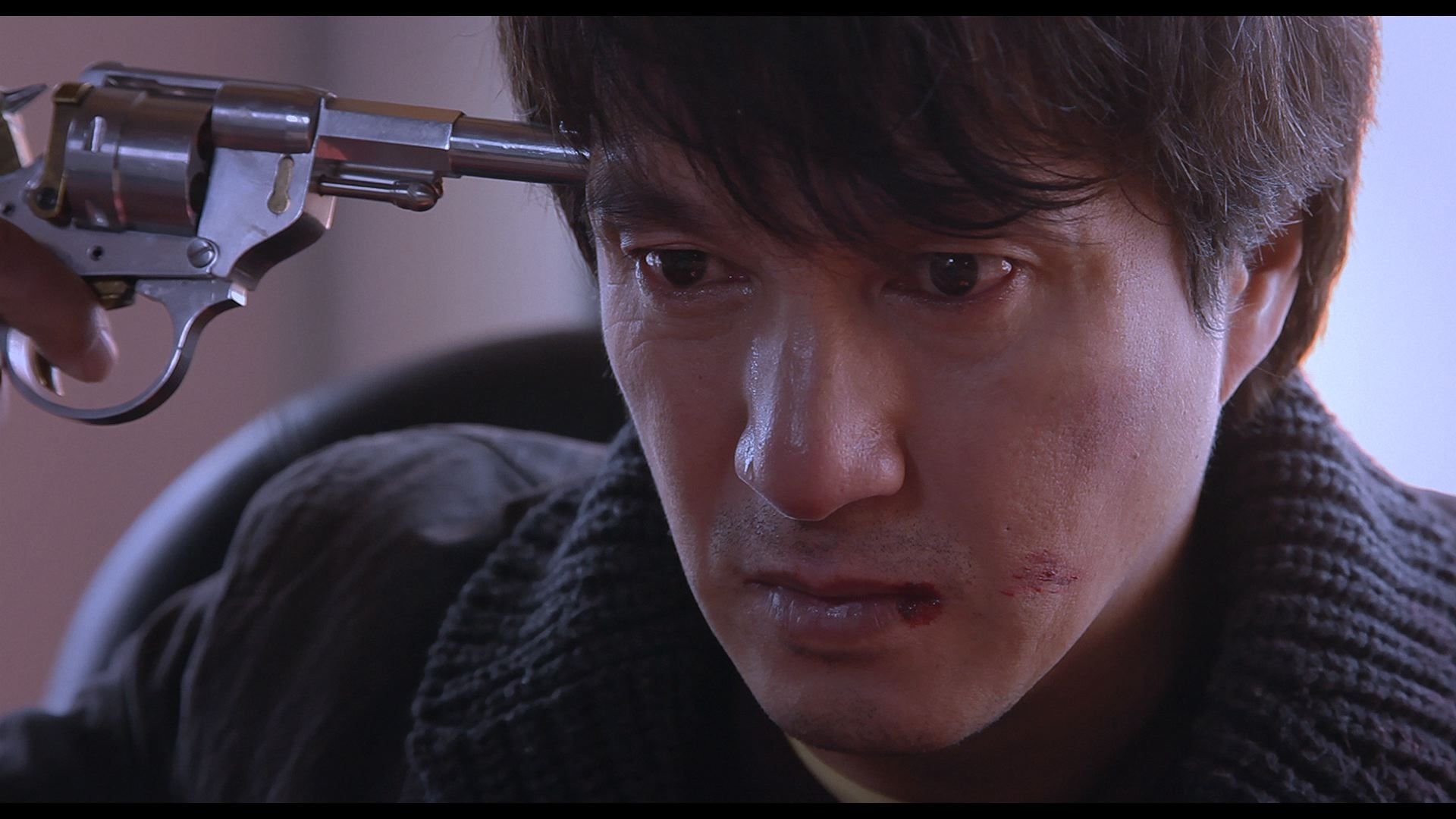
Once more, let us delve in the key word in the title a bit. What is controversial, in terms of cinema? The easy answer would entail films that have been banned from their country of origin, or even other countries. The ones that had their directors ostracized would be another, as would the ones that challenge “normality,” breaking taboos in the process. The latter could be considered controversial because no “normal” spectator would consider their quality, probable offended by the spectacle offered.
Films that present history in a way one of the sides involved considers false is another, as are the films that present society in a fashion no one wants to see. All of the following films fall under one of these categories, in yet another list that could have many more entries, particularly since each country has banned a number of different films.
20. Ebola Syndrome (Herman Yau, 1996, Hong Kong)
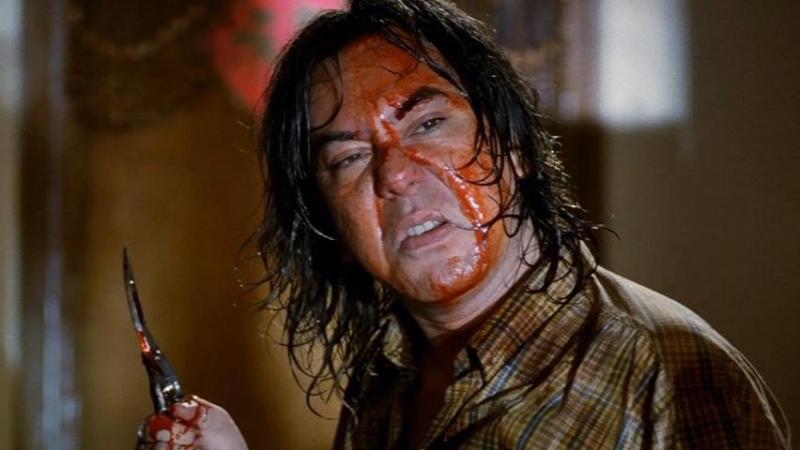
Probably one of the most offensive entries on the list, “Ebola Syndrome” revolves around Kai San, a fugitive who ends up in Johannesburg after killing his boss and his wife. While there, he finds work in a restaurant. The actual plot initiates when his boss travels with him to an Ebola-infected village to buy pork meat. While there, Kai rapes and kills a local woman and contracts the disease.
However, he appears to be immune to it and soon after, he embarks on a killing spree that begins with raping, killing and dismembering his boss and his wife, and serving them as hamburgers to customers, passing the virus onto them.
Herman Yau directs a film so despicable that it eventually becomes funny, although in a highly unconventional fashion. The racist notions, the constant brutality, and the graphic depictions of hideous actions dominate most of the movie, while the main character is one of the most preposterously evil ever depicted on screen.
However, behind all the extremity hides a surprisingly well made and paced film that excels in terms of narration, building the agony for the frenzied finale while retaining its theme for the whole of its duration. Lastly, Anthony Wong is great in the protagonist role, elaborately portraying a genuinely evil character.
19. Sympathy for Mr. Vengeance (Park Chan-wook, 2002, South Korea)
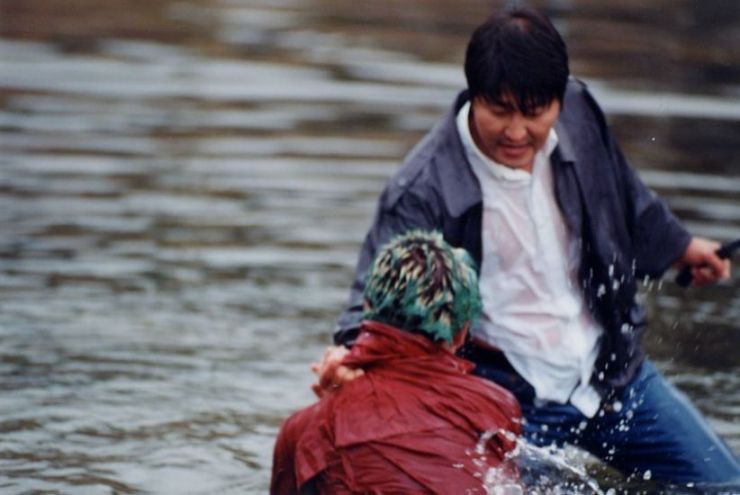
The first part of the “Vengeance Trilogy” revolves around Ryu, a deaf-mute who works in a factory while he also has to take care of his sick sister, who is in desperate need of a kidney transplant.
His situation takes a turn for the even worse when the doctors inform him that he is not a suitable donor, and at the same time, he is fired from his job. Utterly desperate, he decides to search the black market for a kidney, and although he manages to find some people who can help him, they prove to be con men who eventually take all of his compensation and one of his own kidneys, and leave him injured and naked in an unknown building. Seeing Ryu in this situation, his anarchist girlfriend Yeong-mi suggests kidnapping the daughter of his boss, Dong-jin, who has laid off many workers from his factory.
Park Chan-wook presented the extremes an individual can reach when they find themselves in desperate situations. Revenge, the central theme of the film, results from the aforementioned situations and is presented in four axes.
Ryu wants to exact revenge from those who tricked him. Yeong-mi wants to exact revenge from the ‘Capital.’ Dong-jin wants to exact revenge from those who kidnapped his daughter. Yeong-mi’s fellow terrorists want to exact revenge for their comrade. In this fashion, Park wanted to present the futility of revenge, as all of the aforementioned succeed in their purpose but gain nothing from it.
The reason I consider the film controversial is the scene where four boys in a row have pressed their ears to the wall, imagining that the moans they hear from the apartment next door are sexual, and masturbating to them. They also try to retain their fantasy with different tactics as one has stuck a naked woman’s image on the head of the boy in front of him, and he, respectively, is touching the one in front of him with his hands.
As the camera moves from right to left to the next room, the actual reason for the moans is revealed, with Ryu’s sister struggling on the floor in extreme pain, and him, being deaf-mute, not hearing a thing, as he continues to eat his noodles.
18. Taboo Gohatto (Nagisa Oshima, 1999, Japan)
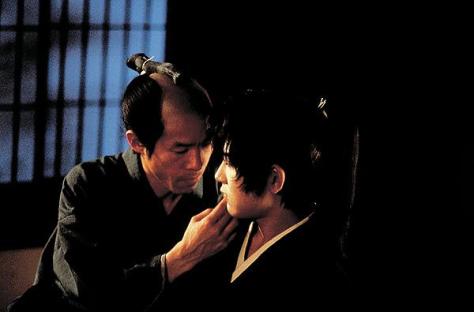
The Shinsengumi was a special police force organized by the Bakufu (military government) in order to protect the Shogunate, whose members have been repeatedly presented in popular culture as the last samurai. Oshima took, once more, a radical approach toward them, presenting the theme of homosexuality among their ranks.
The story revolves around Kano Sozaburo, a young and beautiful samurai who is admitted to their ranks. Kano is a skilled swordsman, but his appearance causes antagonism among the other samurais, who compete for his affections.
Nagisa Oshima directs an almost theatrical spectacle filled with eroticism, which revolves around a game of jealousy and hatred instigated by Kano’s girlish appeals. Furthermore, he did not shy away from the depiction of homosexual sex scenes, despite the fact that Ryuhei Matsuda, who plays Kano, was 16 years old at the time.
The film was a financial success in Japan, netted a number of local awards, and was nominated for a Palme d’Or.
17. Audition (Takashi Miike, 1999, Japan)
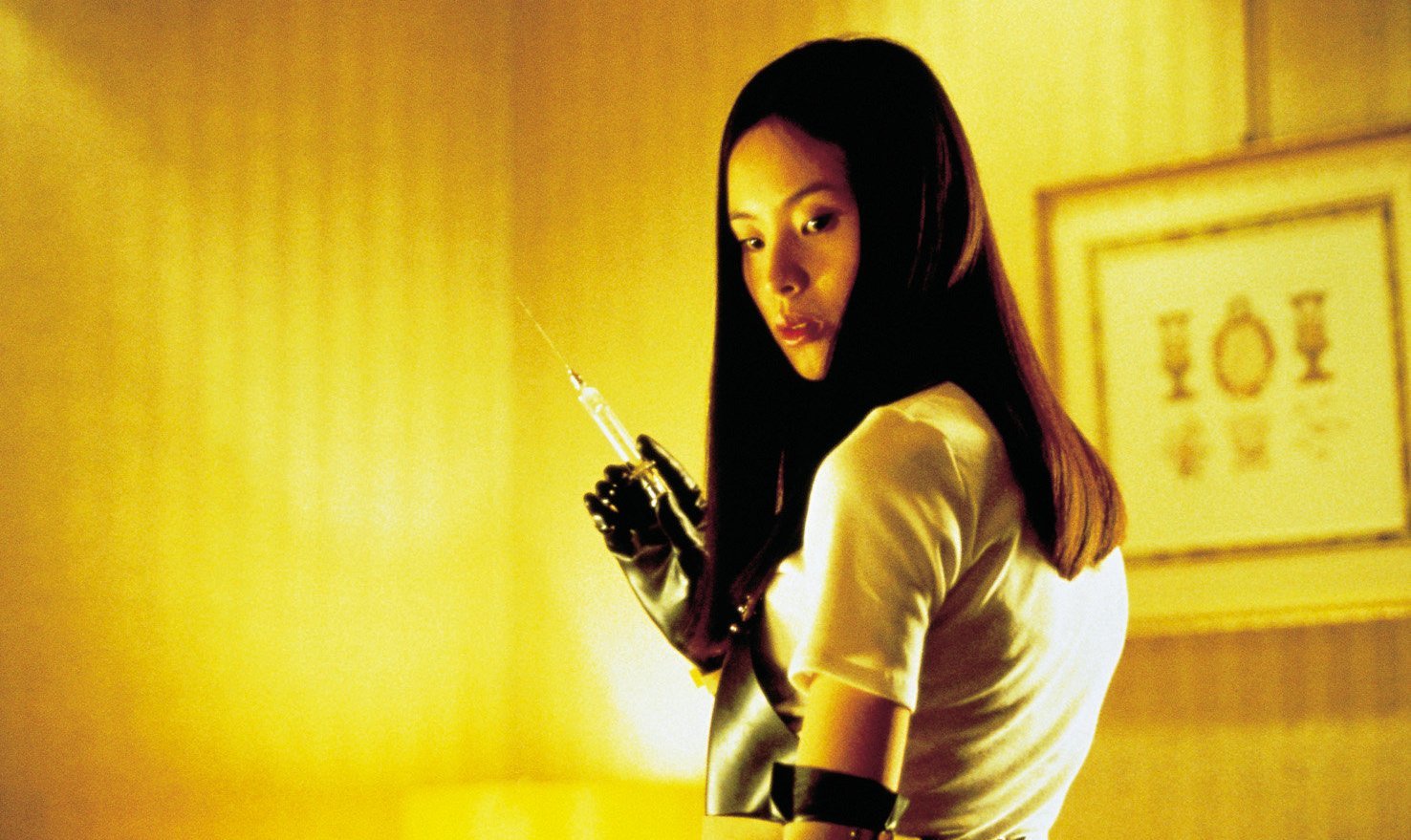
“Audition” is quite a historic production (at least for its cult following), since it was the film that established Takashi Miike as a prominent member of the category and Eihi Shiina as a “priestess” of the grotesque.
Based on the homonymous novel by Ryu Murakami, who actually wrote it as a reaction to a failed love affair, “Audition” tells the story of Shigeharu Aoyama, a middle-aged entrepreneur who has recently lost his wife and has been living a disinterested life ever since.
His 17-year-old son, Shigehiko, who worries about the turn his father’s life seem to have taken, prompts him to meet new women. Yoshikawa, a friend of Shigeharu and a film producer, proposes that he take part in a sham in order to meet women, an idea he agrees to.
According to the plan, actresses would supposedly audition for the role of Shigeharu’s wife in an imaginary film, although the actual purpose is for Shigeharu to find someone he can date. Many beautiful women audition, but there is only one who truly stirs his heart – a young woman named Asami Yamazaki.
She states that she is a former ballet dancer who was recently working for a music producer. Yoshikawa warns Shigeharu to be careful, since he was not able to cross-check Asami’s background, but he is already blinded by love.
What Miike does here is build the horror in a fashion that finds the audience in an almost completely unsuspecting state during the ending scene. This technique raises the shock element to unprecedented levels, heightening the sense of the finale even more and making the scene even more memorable.
16. The Isle (Kim Ki-duk, 2000, South Korea)
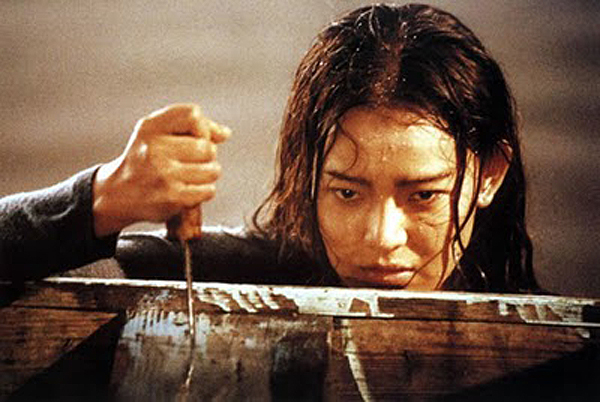
Hee-Jin is a young woman who rents floating platforms to anglers in a lake. Additionally, she provides them with prostitutes if they ask and occasionally prostitutes herself. Her life is miserable, though calm, until Hyun-Shik arrives, an unusual renter who seems to have issues with the police. Nevertheless, the two of them strike a peculiar love affair, tortured by egoism, fatal accidents and a ferociousness that leads to extreme measures by both of them.
Kim Ki-duk presents an ode to antithesis. The splendid scenery at the lake in contrast to the mundane life of the anglers; the wealth of the entrepreneur who finds the body in contrast to the couple’s poorness; the anger of both the protagonists in contrast to their unfathomable love; the graphic scenes of self-injury in contrast to the poetic, calm scenery.
His direction is characterized by utmost simplicity, since he has removed any kind of explanatory scenes. His protagonists’ motives are simple in that they are animalistic. They feel lust, jealousy, pain and fear and react accordingly.
The fact is that “Pieta” and “Moebius” are further gruesome altogether. However, “The Isle” incorporates the two foremost grisly scenes in Kim’s filmography – the suicide attempts with hooks. Furthermore, it entails violent scenes with animals that Kim stated were real.
At its screening at the Sundance Film Festival, a large share of the audience walked out, while at the Venice Film Festival a few even fainted.
15. Battle Royale (Kinji Fukasaku, 2000, Japan)
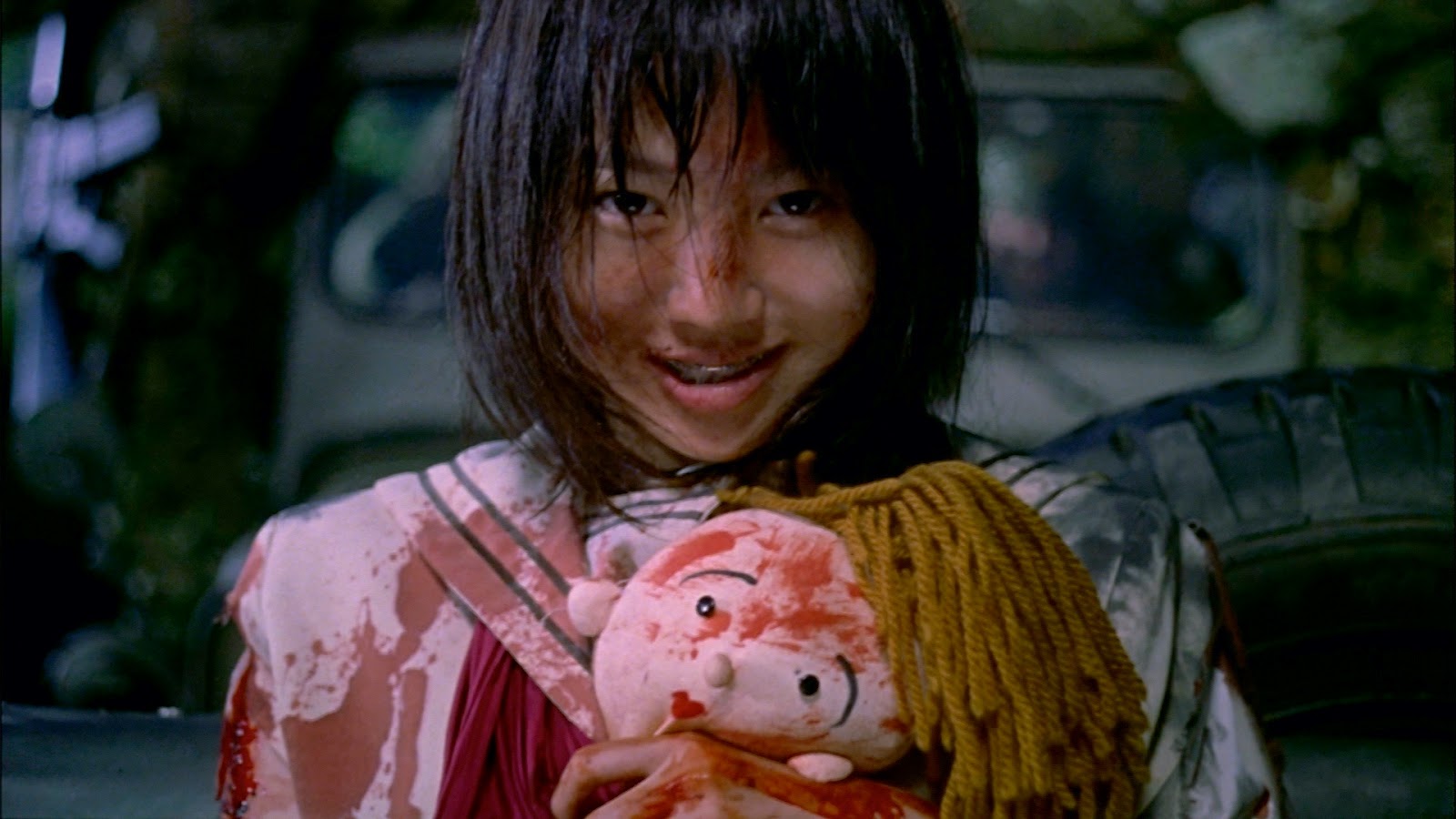
Kinji Fukasaku’s swan song was a domestic and international success and was released in 22 countries worldwide, thus becoming one of the most famous contemporary Japanese films.
In the beginning of the new millennium, unemployment has reached 15 percent with 10 million people left without a job, while school violence has reached unprecedented levels. In order to control the youth, the desperate government votes in the “Battle Royale” law, which states that each year, students from a randomly chosen class will be transferred to a secluded island where they will have to fight to the last person standing.
The story, which is based on the homonymous novel by Takami Koushun, revolves around the latest chosen class.
Fukasaku took the school violence theme and transformed it into actual and grotesque brutality, as the students become monsters in order to avoid death. The dark and vicious atmosphere supplements this extreme film, which at times touches the borders of splatter.
However, beneath the violent action he hid harsh remarks regarding political correctness, reality shows and television in general, coating them with a great deal of irony and sarcasm.